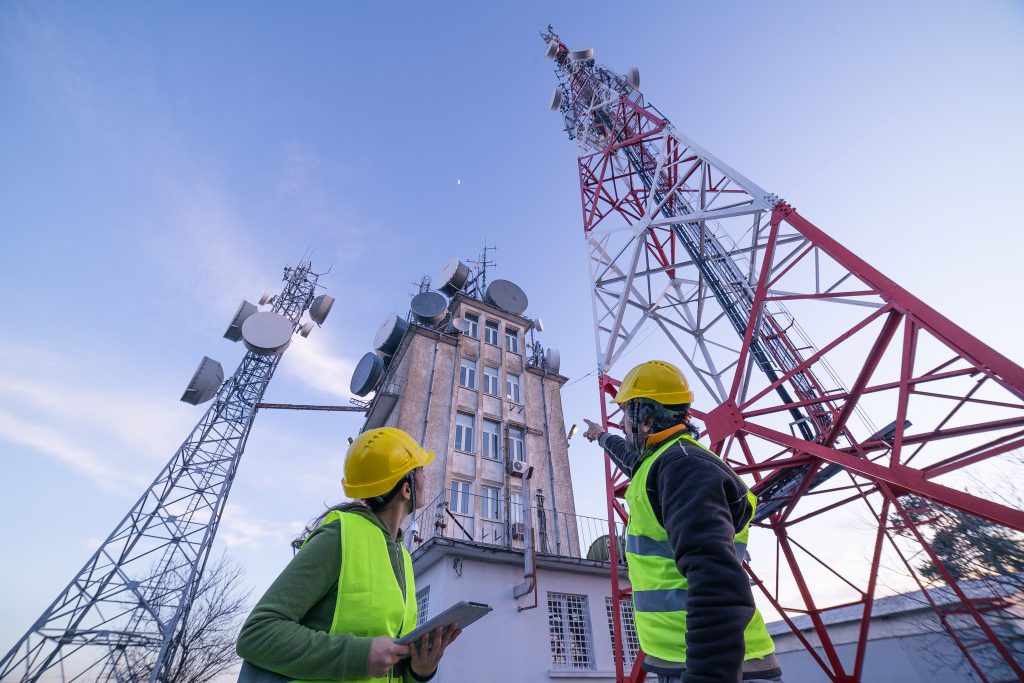The cell tower construction process in Alberta begins with meticulous site selection. Telecommunication companies collaborate with experts to identify locations that offer optimal coverage and minimal signal interference. Additionally, adherence to zoning regulations and local ordinances is imperative. Towers must be situated in areas designated for such infrastructure to ensure compliance with legal requirements and community standards.
Before construction commences, an environmental impact assessment is conducted to evaluate the potential consequences of the tower on its surroundings. This assessment considers factors such as noise pollution, visual impact, and effects on local flora and fauna. This step is essential in mitigating any negative ecological implications and maintaining a harmonious balance between technological advancement and environmental preservation.
Once the site is selected and assessments are completed, the foundation construction begins. Engineers carefully design and construct a robust foundation to support the tower’s weight and withstand environmental forces like wind and seismic activity. This stage involves excavation, concrete pouring, and reinforcement installation, ensuring the tower’s stability and longevity.
The tower erection phase involves assembling the tower structure itself. High-strength steel components are transported to the site and systematically assembled. This process demands precision and expertise to ensure the tower’s structural integrity. Safety protocols are strictly adhered to, ensuring the well-being of workers involved in the construction.
Following the tower’s erection, antennas and associated equipment are meticulously installed. These components are crucial for transmitting and receiving signals. Technicians carefully position antennas to achieve optimal coverage and minimal signal interference. Rigorous testing is conducted to verify the effectiveness of the installed equipment.
Once the tower structure and equipment are in place, the tower is connected to the broader telecommunication network. This step involves intricate wiring and configuration to integrate the tower seamlessly into the network infrastructure. Network technicians work diligently to ensure that the tower is fully operational and capable of providing reliable connectivity.
The concept of constructing personal cell towers raises questions about feasibility and practicality. While it is theoretically possible to build a personal cell tower, several challenges must be considered.
Personal cell tower construction is subject to the same regulatory and zoning considerations as commercial towers. Obtaining the necessary permits and approvals can be a complex and time-consuming process. Zoning laws and restrictions could limit tower construction in residential areas, making compliance a significant challenge.
Constructing a cell tower demands a high level of technical expertise in various domains, including structural engineering, telecommunications, and network integration. Additionally, the cost associated with procuring the required materials, equipment, and skilled labor can be substantial.
Operating a cell tower entails ongoing maintenance and operational responsibilities. Regular inspections, equipment updates, and adherence to evolving technological standards are essential. Personal tower owners would need to invest time and resources to ensure the tower’s continued functionality and compatibility with network upgrades.
The strategic placement of internet towers significantly influences the efficacy of telecommunication networks.
Internet towers must be strategically positioned to maximize coverage. This involves analyzing geographic terrain, population density, and signal propagation characteristics. Towers placed in areas with high user concentration can efficiently serve a larger number of individuals.
Placing internet towers too close together can lead to signal interference and reduced connectivity quality. Careful planning ensures that towers are positioned at optimal distances to avoid overlap and interference.
Internet tower locations play a pivotal role in connecting rural and remote areas. By identifying underserved regions and establishing towers in these locations, telecommunication companies contribute to bridging the digital divide and enabling equal access to information and services.
Strategic tower placement includes considerations for disaster recovery and network redundancy. In the event of a natural disaster or network failure, well-positioned towers can help maintain communication channels and facilitate emergency response efforts.




